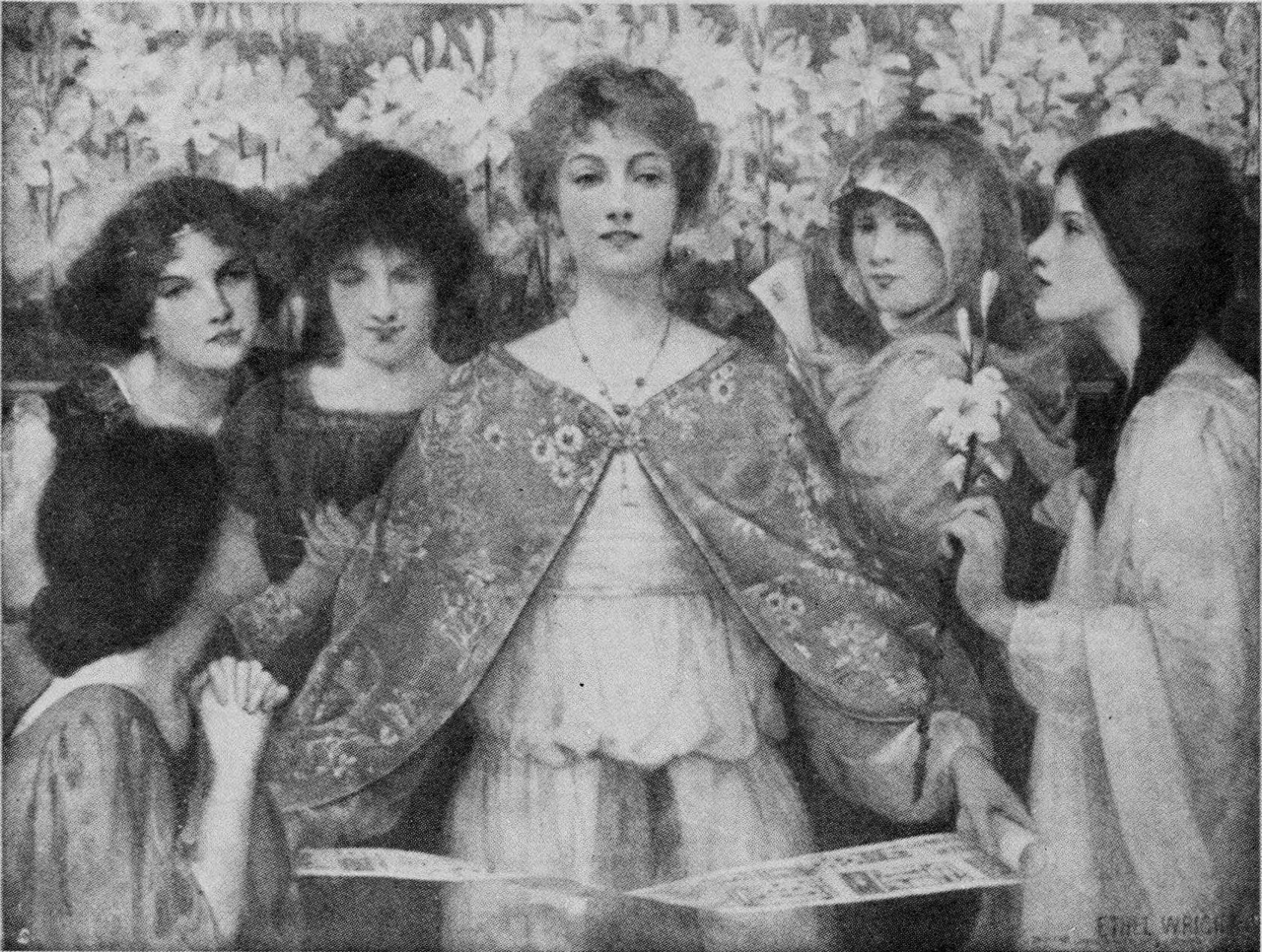4 Introduction

In This Chapter
Early Pioneers in Women’s Nonfiction
In the first unit, you read about feminism and how it relates to women writers. We started a conversation about the history of feminist criticism to lead into what, specifically, feminist critics do. Starting in this unit, we’ll apply this knowledge to some featured female writers.
The Age of Women
Even though suffrage was centuries away, seventeenth and eighteenth-century women sowed the seeds of proto-feminism, arguing for equal rights in education as a means to end the oppression of thousands of years. These women courageously set forth an argument that women had souls, and as such were entitled to reason out their own salvations. They also proved through their writing that they were equally equipped intellectually, that they were capable of more than an ornamental and frivolous existence.
Women such as Mary Wollstonecraft advocated for freedom for women in the workplace, demanding a means by which women could gain some control over their financial situations and escape the cruelty of poverty and abuse. The age saw women begin to make a living with their writing, forging a place for women in the literary world. Castigated for their independence, they nonetheless persevered and gave birth to women’s voices who had been silent for centuries.

18th Century Women Writers
Women’s role in literature during the 1700s was influenced by societal expectations and the prevailing literary trends of the time. One significant genre of the 18th century was domestic fiction, which focused on the lives of women within the domestic sphere. These novels often depicted women’s experiences in the home, exploring themes of marriage, courtship, and family dynamics. We’ll read many of these in the short stories section of this book.
Epistolary works, written in the form of letters, also gained popularity during the 18th century. This format allowed women writers to express their thoughts and emotions through the voices of their female protagonists. Other women writers of the time used satire and social commentary to critique the limitations placed on women and societal expectations. An example is Mary Wollstonecraft’s “A Vindication of the Rights of Woman” (1792), which argued for women’s intellectual and social equality, challenging prevailing gender norms.

Many women writers in the 1700s published their works using pseudonyms or remained anonymous. This was partly due to the societal perception that writing was not an appropriate pursuit for women. Examples include the works of Aphra Behn and, later, George Eliot.
Women faced challenges in getting their work published during this time. They often relied on the support of male relatives or publishers who were willing to publish their works. Nonetheless, some women managed to achieve recognition and success as writers, though their numbers were comparatively small.
In this unit, you will read works of some of these pioneering women writers and how they shaped early perceptions of the roles of women in society, long before “feminism” was even a thing.
- How have opportunities for women writers changed over time?
- How have the topics women have written about changed over time?
Sources
Turlington, Anita et al. Compact Anthology of World Literature II. University of North Georgia Press, 2022, https://alg.manifoldapp.org/projects/compact-anthology-of-world-literature-ii, CCA-SA 4.0

